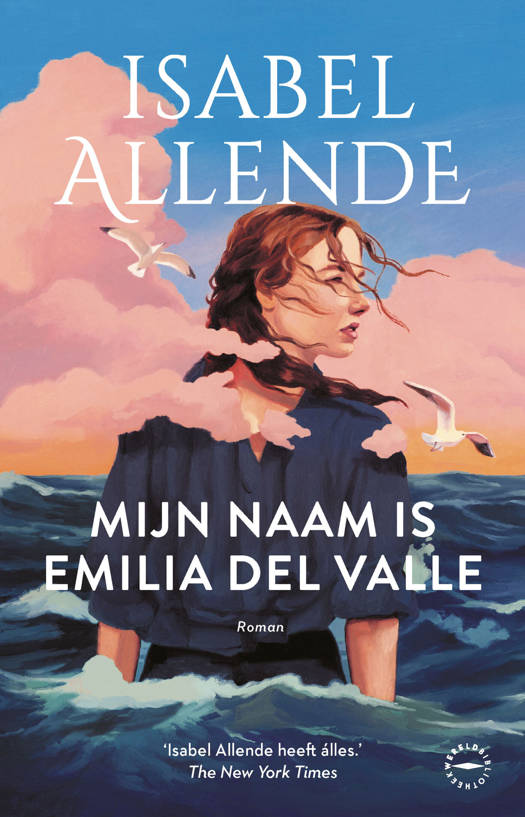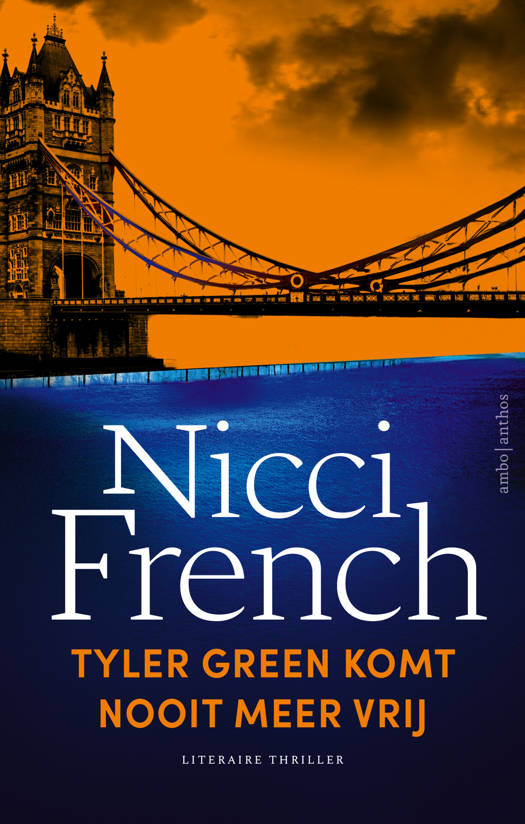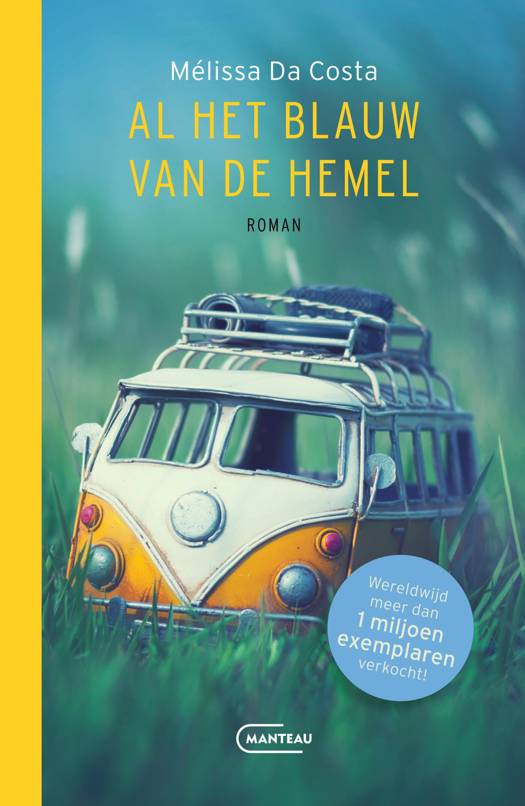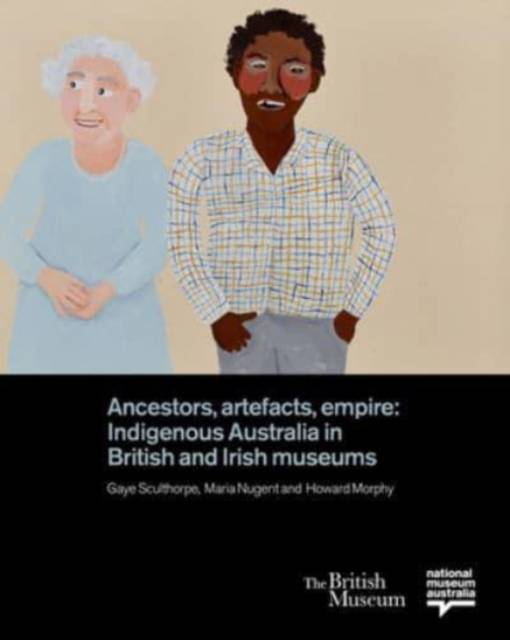
- Afhalen na 1 uur in een winkel met voorraad
- Gratis thuislevering in België vanaf € 30
- Ruim aanbod met 7 miljoen producten
- Afhalen na 1 uur in een winkel met voorraad
- Gratis thuislevering in België vanaf € 30
- Ruim aanbod met 7 miljoen producten
Zoeken
Ancestors, Artefacts, Empire
Indigenous Australia in British and Irish Museums
Hardcover | Engels
€ 100,45
+ 200 punten
Omschrijving
Museums across Great Britain and Ireland hold Aboriginal and Torres Strait Islander (collectively referred to as 'Indigenous') cultural heritage of exceptional value, but which is largely unknown, rarely seen, and poorly understood. Gifted, sold, exchanged, and bartered by Indigenous people, and accepted, bought, collected, and taken by travelers, colonists, explorers, missionaries, officials and others, these rare objects date from Captain Cook in 1770 to the present day. Numbering over 35,000 items, they represent all regions of Australia's vast landmass, from deserts, islands, and coasts to tropical rainforests.
The book uses nearly 160 artifacts, selected from over 30 public museums, both large metropolitan and small regional, to present a multi-stranded narrative that opens up vistas on Britain's Australian history as much as Australia's British history.
More than twenty Indigenous, Australian, and international experts weave together deeply-contextualized accounts of objects and object-types; of makers, communities, and regions; and of collectors, networks, and institutions, while also exploring the meanings and importance of this material in Australia, Britain and Ireland, and the world today.
Distanced from their places of origin and dispersed throughout Britain and Ireland, these objects are gathered together for the first time. Out of museum stores and into this book, they are evidence of the complex, and often difficult, relationships between Indigenous Australians and British people and institutions, as well as being powerful conduits for telling that history anew and in ways that seek to challenge and rework its legacies.
The book uses nearly 160 artifacts, selected from over 30 public museums, both large metropolitan and small regional, to present a multi-stranded narrative that opens up vistas on Britain's Australian history as much as Australia's British history.
More than twenty Indigenous, Australian, and international experts weave together deeply-contextualized accounts of objects and object-types; of makers, communities, and regions; and of collectors, networks, and institutions, while also exploring the meanings and importance of this material in Australia, Britain and Ireland, and the world today.
Distanced from their places of origin and dispersed throughout Britain and Ireland, these objects are gathered together for the first time. Out of museum stores and into this book, they are evidence of the complex, and often difficult, relationships between Indigenous Australians and British people and institutions, as well as being powerful conduits for telling that history anew and in ways that seek to challenge and rework its legacies.
Specificaties
Betrokkenen
- Uitgeverij:
Inhoud
- Aantal bladzijden:
- 256
- Taal:
- Engels
Eigenschappen
- Productcode (EAN):
- 9780714124902
- Verschijningsdatum:
- 22/10/2021
- Uitvoering:
- Hardcover
- Formaat:
- Genaaid
- Afmetingen:
- 226 mm x 284 mm
- Gewicht:
- 1610 g
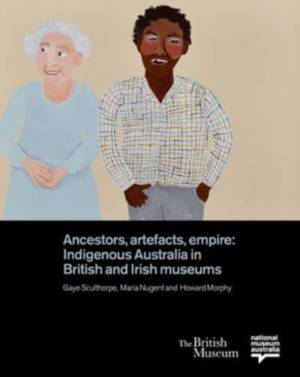
Alleen bij Standaard Boekhandel
+ 200 punten op je klantenkaart van Standaard Boekhandel
Beoordelingen
We publiceren alleen reviews die voldoen aan de voorwaarden voor reviews. Bekijk onze voorwaarden voor reviews.


